
Dictionnaire des Arts Décoratifs
A hand-painted replica of Alphonse Mucha’s masterpiece Dictionnaire des Arts Décoratifs, meticulously crafted by professional artists to capture the true essence of the original. Each piece is created with museum-quality canvas and rare mineral pigments, carefully painted by experienced artists with delicate brushstrokes and rich, layered colors to perfectly recreate the texture of the original artwork. Unlike machine-printed reproductions, this hand-painted version brings the painting to life, infused with the artist’s emotions and skill in every stroke. Whether for personal collection or home decoration, it instantly elevates the artistic atmosphere of any space.
Alphonse Mucha, a renowned Czech painter and decorative artist, is best known for his distinctive style that became synonymous with the Art Nouveau movement. While Mucha is celebrated for his posters, illustrations, and designs, there is no widely recognized artwork titled "Dictionnaire des Arts Décoratifs" attributed to him. It is possible that there might be some confusion or misattribution regarding this title.
Alphonse Mucha's contribution to the world of decorative arts is significant, particularly through his creation of the "Mucha Style," which is characterized by intricate patterns, flowing lines, and often features beautiful women surrounded by lush floral motifs. His work was instrumental in defining the aesthetics of the Art Nouveau period, which flourished from the late 19th century to the early 20th century.
Mucha's most famous works include a series of posters created for the actress Sarah Bernhardt, which brought him considerable fame and established his reputation as a leading artist of his time. His posters for Bernhardt, such as "Gismonda" (1894), "La Dame aux Camélias" (1896), and "Lorenzaccio" (1896), are celebrated for their elegance and the way they capture the essence of the Art Nouveau style.
In addition to his posters, Mucha produced a wide range of decorative panels, advertisements, and book illustrations. One of his notable series is "The Seasons" (1896), which consists of four panels representing Spring, Summer, Autumn, and Winter. These works exemplify Mucha's ability to blend natural elements with the human form, creating harmonious and visually captivating compositions.
Mucha's influence extended beyond posters and illustrations. He was also involved in designing jewelry, wallpaper, and theater sets, showcasing his versatility as an artist. His work in the decorative arts was not limited to commercial endeavors; he also had a deep interest in exploring themes of Slavic history and mythology, which is evident in his later works, such as "The Slav Epic," a monumental series of 20 paintings depicting the history of the Slavic people.
Throughout his career, Mucha remained committed to the idea that art should be accessible to all and that beauty could elevate everyday life. This philosophy was central to the Art Nouveau movement, which sought to break down the barriers between fine art and applied arts, integrating art into all aspects of life.
While there is no specific information available about a work titled "Dictionnaire des Arts Décoratifs" by Alphonse Mucha, his legacy in the decorative arts is well-documented and continues to be celebrated worldwide. His work remains influential, inspiring contemporary artists and designers who seek to capture the elegance and beauty that Mucha so masterfully conveyed in his art.





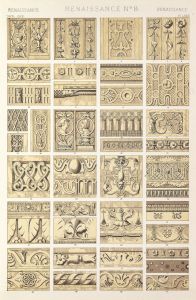


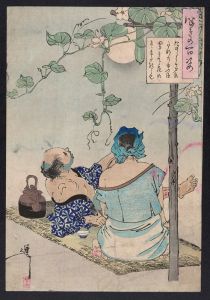
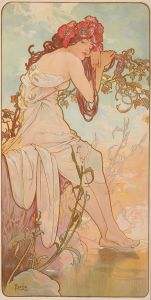
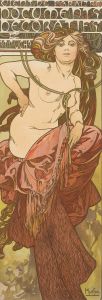
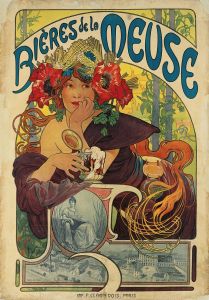
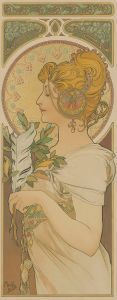
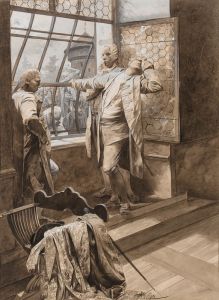
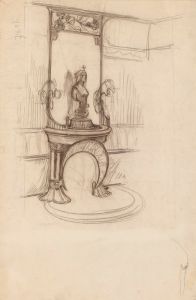
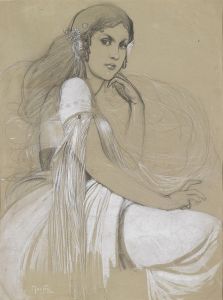

![Designs for Modern Hotel Suite, Du Pont Biltmore Hotel, Wilmington, Delaware.] Colour chart for Suite 210](/imgs/249317/s/winold-reiss-designs-for-modern-hotel-suite-du-pont-biltmore-hotel-wilmington-delaware-colour-chart-for-suite-210-70bfb090.jpg)
